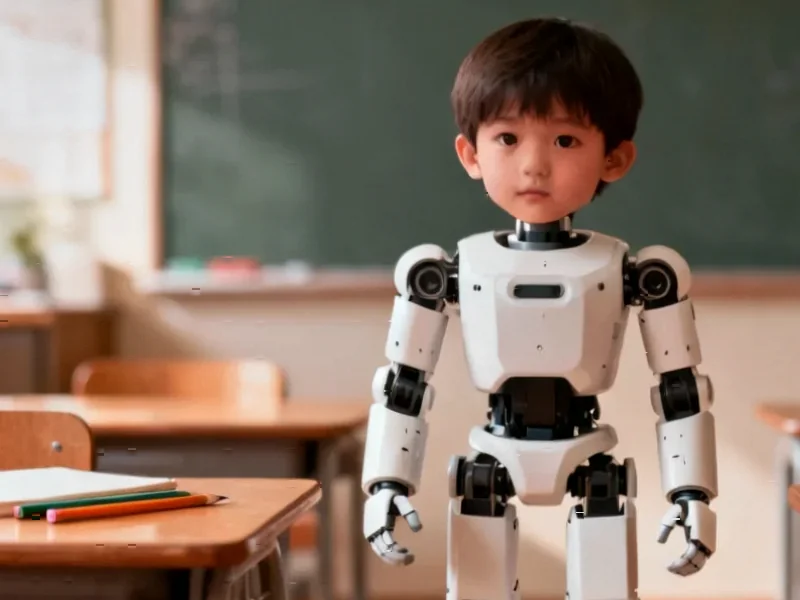According to Manufacturing.net, the manufacturing industry is undergoing a profound transformation through what’s being called the AI Productivity Cycle. This framework connects artificial intelligence with enterprise-wide digital infrastructure to create continuous learning loops that can answer complex “what if” questions in seconds rather than days or weeks. The cycle operates through three distinct phases – Discover, Enrich, and Amplify – that continuously enhance an organization’s digital thread. AI can now pinpoint issues like 15 percent of defects tracing back to a single supplier or identify 20 percent complaint increases due to material fatigue. Before implementing design changes, AI can assess impacts across manufacturing, supply chain, compliance, and sustainability to prevent costly mistakes.
Why This Matters
Here‘s the thing – we’ve been talking about AI in manufacturing for years, but most implementations have been isolated experiments. A robot here, a quality check there. This is different. The AI Productivity Cycle represents the first truly integrated approach that connects every stage from design to end-of-life. And that changes everything.
Think about how manufacturing decisions get made today. Engineers spend days digging through spreadsheets and disconnected systems. Supply chain managers make educated guesses. Quality teams react to problems after they happen. This cycle flips that script entirely. Now you can ask “what if we change this material?” and get an answer that considers cost, performance, compliance, AND sustainability – all at once.
The Real Game-Changer
What really stands out to me is the emphasis on the digital thread. AI needs clean, connected data to work effectively, and manufacturing has historically been terrible at this. We’ve got PLM systems talking to ERP talking to quality management talking to supply chain databases – and none of them play nicely together.
The Enrich phase specifically addresses this by using AI to detect missing connections and semantically link requirements, design specs, manufacturing instructions, and service records. Basically, AI becomes the universal translator between all your legacy systems. That’s huge because it means companies don’t need to rip and replace everything to get value.
Where This Leads
I see this evolving in two directions simultaneously. First, we’re going to see much faster innovation cycles. When you can explore thousands of design variations in minutes instead of months, you can afford to be more experimental. Second, and maybe more importantly, this builds resilience directly into products and processes.
Imagine your AI scanning real-time factory data, automatically documenting deviations, and connecting them back to design decisions. Or reading new regulatory updates and generating compliance requirements automatically. We’re talking about systems that learn and adapt in real-time rather than waiting for quarterly reviews.
The companies that master this cycle won’t just be more efficient – they’ll be fundamentally more adaptable. In a world of constant supply chain disruptions and sustainability pressures, that adaptability might be the only competitive advantage that matters.




